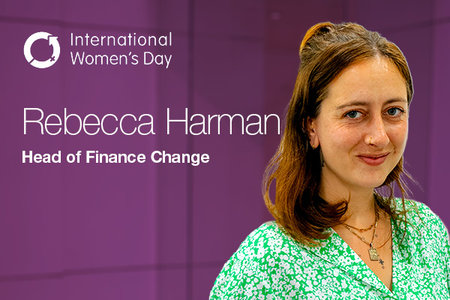Premium finance is not just a useful cash flow tool for clients. It can also help
brokers boost customer retention and plug insurance gaps, says Seán
Kemple, managing director of Close Brothers Premium Finance
In troubled economic times, premium finance can be a useful option for businesses and consumers who need help in managing their cash flow, allowing customers to spread the cost of their insurance premiums rather than having to pay in full at once.
Brokers agree that premium finance is helpful. In a recent Insurance Age Broker Barometer survey conducted in association with Close Brothers Premium Finance, some 40% of broker respondents said they had seen an increase in demand during the prior 12 months, while 56% saw no change. And looking ahead to the next 12 months, more than half of brokers (53%) expected demand to rise, with 47% predicting it to stay the same.
This demand is driven by higher prices, the cost-of-living crisis, and a need among personal and commercial clients to better manage their cash flow by spreading the cost of their insurance.
In October, data from Confused found that car insurance premiums for fully comprehensive cover had increased by 14% (£72) since Q3, 2021, with further rises predicted. Rising prices will lead more consumers to spread the cost of their annual premium. From the data we see, personal lines demand is primarily market-driven.
In commercial lines, more businesses will seek to ease pressure on cash flows, opting for premium finance paid monthly to reflow cash where it’s needed, such as for higher energy bills, or inflationary increases in materials costs.
As well as helping customers budget during the cost-of-living crisis, premium finance has an important role to play in avoiding underinsurance. It is tempting for customers to reduce the level of cover to save money but, in the event of an accident, flood or fire, when the policyholder finds themselves without adequate cover, businesses and livelihoods are put at serious risk.
Brokers are understandably nervous at the prospect of business being re-broked in a hardening market, so there is a temptation to reduce cover to keep the customer.
As such, spreading the cost of insurance via instalments is good for budgeting and helps mitigate the risk of underinsurance when customers are presented with a big increase in premiums at renewal.
What more should brokers be doing?
Firstly, it makes sense for those brokers who don’t currently offer premium finance facilities – around 10% of the market, according to the Barometer survey – to explore this option, so they can build their finance proposition to service growing demand.
Premium finance providers can provide partner brokers with the training and tools to make the finance sales process more accessible, not just when customers take out finance, but also to enhance the administration of each account – if a customer gets into arrears, for example.
Some 30% of customers are now using Pay by Link, a digital facility for customers to catch up with their payments if they fall behind. This improves their experience dealing with a potentially tricky issue and the technology also reduces the need for customers to contact our broking partners.
Tough economic times require brokers to be alive to the financial concerns of their customers, both at point of sale and through the lifetime of a policy, and that’s where premium finance can come in.
In this way, brokers can make sure policyholders budget effectively and have the right level of cover to protect them if a crisis hits






